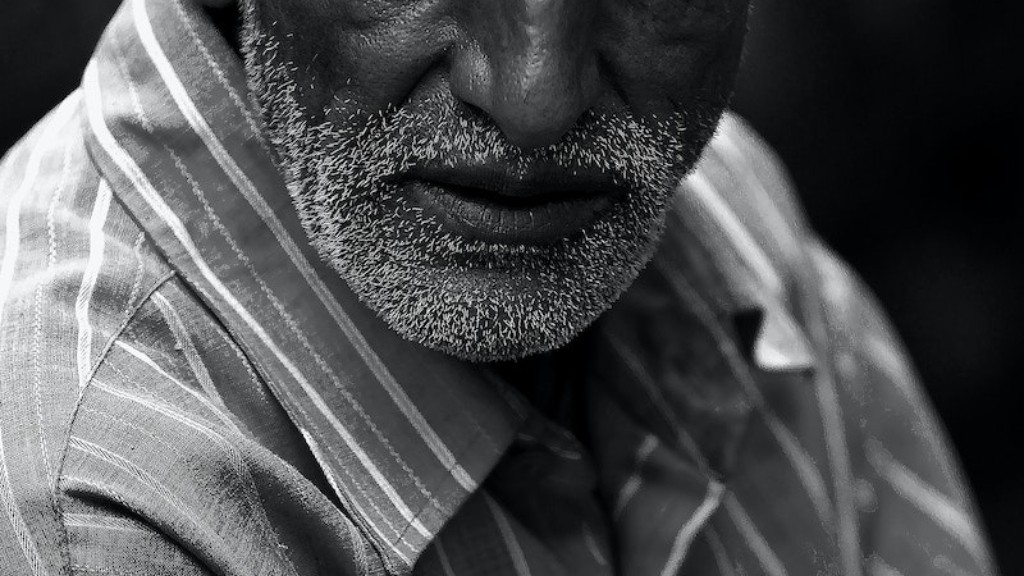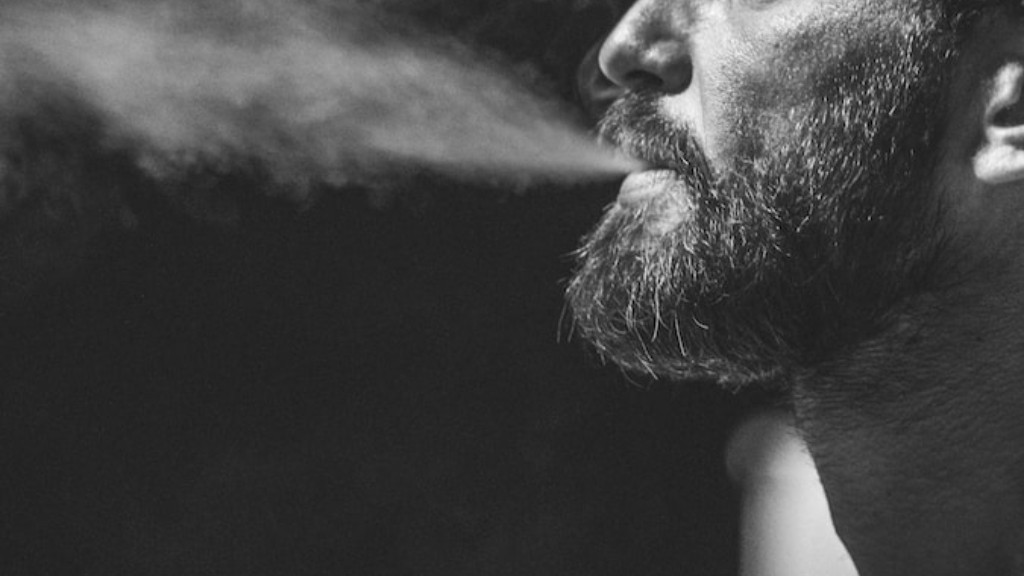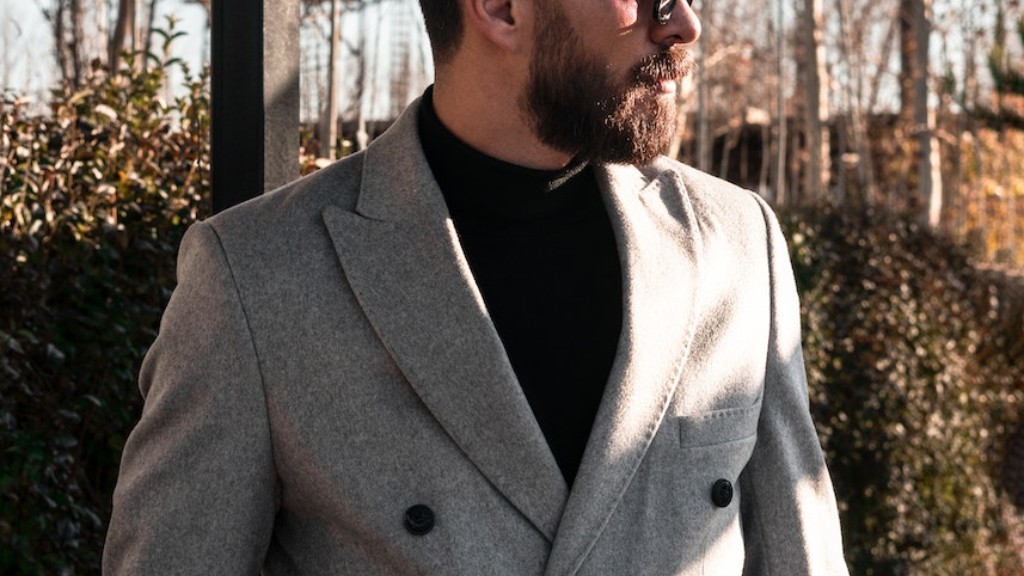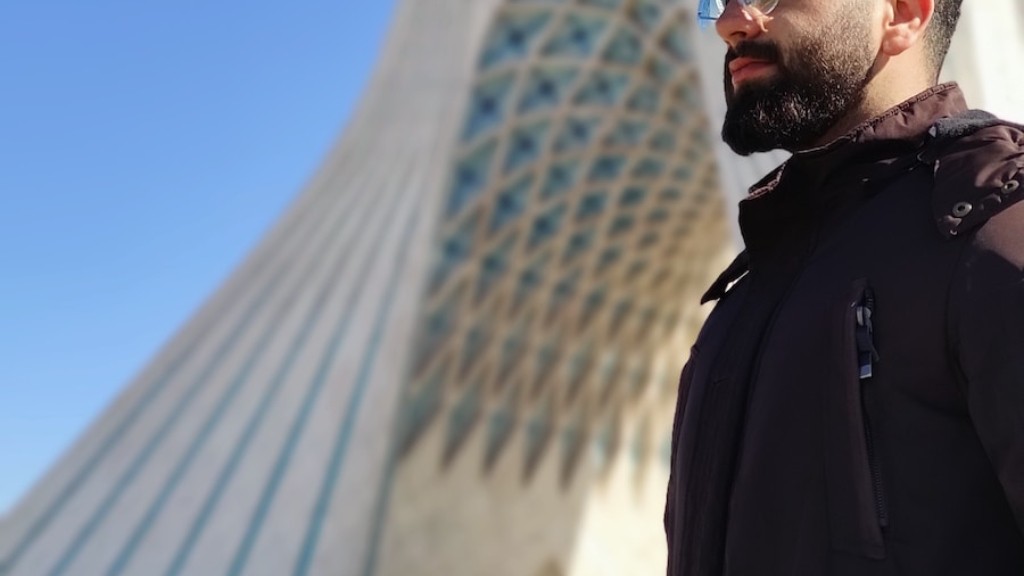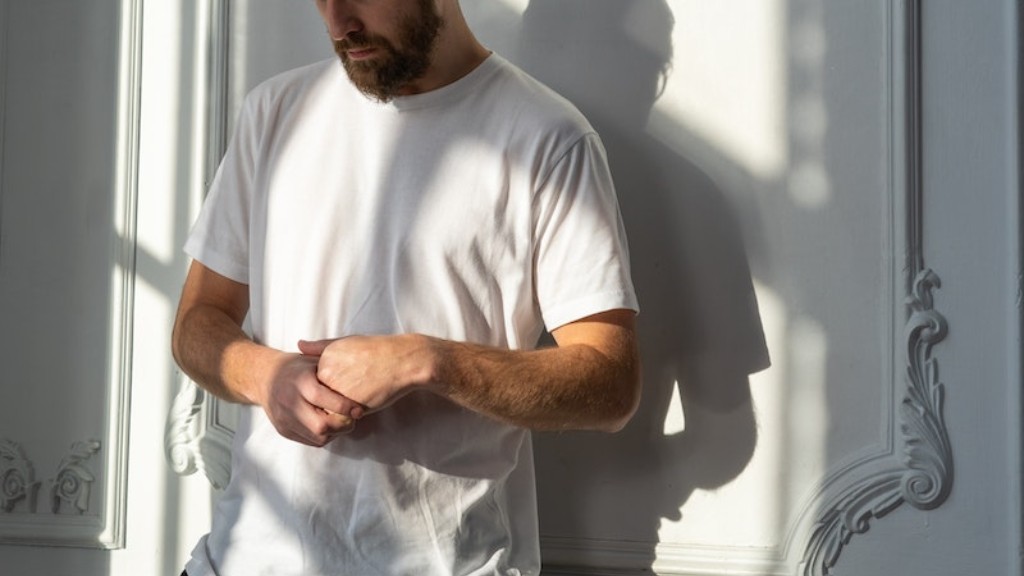Yes, beard can grow after 30. In fact, beardedness has more to do with genetics than age. If your father could grow a beard, chances are you will be able to as well. Likewise, if your grandfather and great-grandfather could not, the chances are slim that you will be able to despite how old you get. There are always exceptions to the rule, but age is generally not a factor in beard growth.
Yes, it is possible for a beard to grow after the age of 30. However, the rate of growth may be slower than it was in the individual’s younger years. Additionally, the density and thickness of the beard may be less than what it would have been if the individual had started growing a beard at an earlier age.
Will my beard grow in my 30s?
If you’re not getting the beard growth you want, it may be because it’s not your time. Full beard growth is typically possible starting at around age 18, but for many men, that time may not arrive until they’re 30. So if you’re patient, you may yet see the beard you’ve always wanted.
It is down to genetics unfortunately. Some people just don’t have the genes to grow thick facial hair. Many people just don’t give themselves the best chance and give up before seeing any results!
What is the maximum age for beard growth
Facial hair is determined by a combination of factors, including genetics, hormones, and age. While some men are able to grow a full beard at a young age, others may not reach their full potential until they are older. Ethnicity can also affect facial hair growth, with some men of certain racial groups more likely to grow thicker, coarser beards than others.
There are a few things that can affect how thick and full your beard will be as you age. Genetics, diet, stress levels, and overall health can all play a role in hair growth. Some people may see a significant increase in beard thickness, while others may only see a slight change. Ultimately, it will take patience and time to achieve the fullness and density you want.
Does no beard mean low testosterone?
There are a few things to consider when thinking about the relationship between low testosterone levels and beard growth. First, it’s important to note that in some cases, low testosterone may be the cause of poor beard growth. However, it’s also important to keep in mind that people with extremely low levels of testosterone have next to no facial hair. So, unless your testosterone levels are clinically low, they probably aren’t impacting your facial hair growth. Additionally, there are other factors that can affect beard growth, such as genetics, hormones, and age. So, if you’re concerned about your beard growth, it’s best to talk to a doctor to rule out any underlying health issues.
There are some men who are not genetically programmed to develop beard hair. If you are one of these men, it is important to accept that this is your situation. There is nothing you can do to change it. Instead, focus on the things you can control, such as taking care of the hair you do have.
Will testosterone help with facial hair?
Facial hair growth is largely propelled by testosterone, a hormone. Testosterone levels can vary For men between 19 and 38, the normal range is 264 to 916 nanograms per deciliter (ng/dL).
Testosterone is a hormone that affects the growth of facial hair, and its levels can vary. Males between 19 and 38 typically have a range of 264 to 916 nanograms per deciliter. This represents the 25th to 975th percentile for testosterone. Low testosterone can adversely affect beard growth.
The study found that there was no correlation between beard length and testosterone levels or dominance. This means that the hypothesis that beards are honest signals of the beard owners’ testosterone levels and dominance is not supported by the data.
Testosterone and Dihydrotestosterone (DHT) are both hormones that play a role in regulating and stimulating facial hair growth. In most cases, higher levels of Testosterone and DHT will result in faster, thicker, and better beard growth. However, having low levels of Testosterone can negatively affect your beard growth. If you are concerned about your beard growth, it is important to speak with a doctor to determine if your hormone levels are within a normal range.
Do girls like guys with beards?
Based on the study, it would appear that women are more attracted to men with beards because they perceive them to be more dominant. This is an interesting finding, and it will be interesting to see if it holds true in other situations.
It’s often said that you can only grow a beard or moustache if you have a Y chromosome, which is typically associated with male characteristics. However, it’s important to note that this is only a general rule – there are always exceptions to every rule! – and that you can only inherit a Y chromosome from your father. So, if you’re looking to grow some facial hair and you don’t have a Y chromosome, unfortunately you’re out of luck!
Will a patchy beard ever grow in
There’s no shame in having a patchy beard. Sure, it may not be as full as you’d like, but that’s as much a part of your genetics as the fact that you’re patchy to begin with. While you can make a patchy beard look more full, the first thing you’ve got to do is embrace the beard you’ve got. You won’t make it fuller by wishing for new hairs.
If you’re growing a beard, you can expect it to take about two months to reach its full potential. In the meantime, you can do some light trimming to shape it as you like. Just be careful not to overdo it, as you could ruin all your hard work!
What race has the best beards?
There isn’t a definitive answer to this question as everyone’s beard growing abilities are determined by their genetics. However, people from Mediterranean countries tend to be able to grow thick beards compared to people from other regions. According to a 2016 study, Chinese men generally have less facial hair growth than Caucasian men.
The 4 most common causes of patchy beards are age, genetics, alopecia areata (balding), and hormonal imbalances. All of these factors can lead to patchy, thin, or uneven beards. However, there are ways to overcome these obstacles and have a fuller, more even beard.
One way to combat patchiness is to exfoliate your skin regularly. This will help to remove dead skin cells and encourage new hair growth. You can also try using a beard oil or balm to moisturize your skin and hair, making it more likely for hair to grow in evenly. Finally, make sure you are eating a nutritious diet and getting enough vitamins and minerals, as this can also impact the health of your hair.
Warp Up
There is no definitive answer to this question as everyone is different. Some people may find that their beard continues to grow thick and full well into their 30s, while others may find that it starts to thin out or become patchy. Ultimately, it really depends on the individual.
There is no scientific evidence to support the claim that beard growth after the age of 30 is possible. Although some anecdotal evidence exists, it is not enough to prove that this is a real phenomenon.

